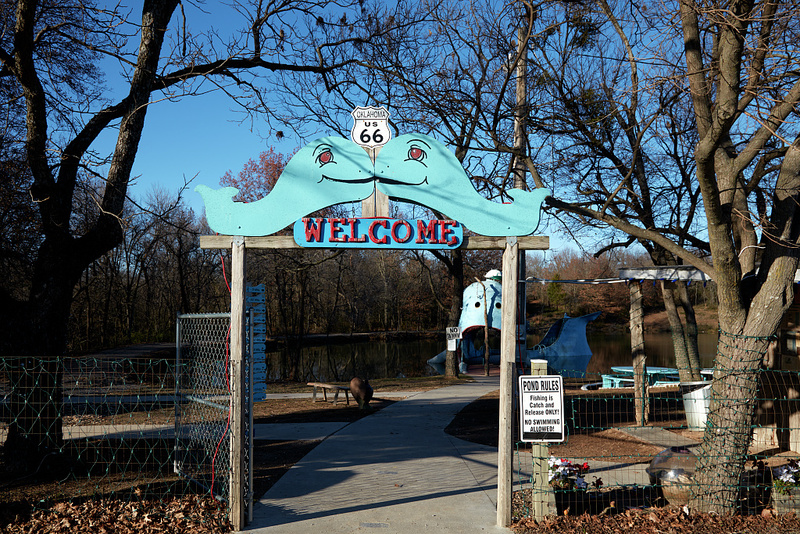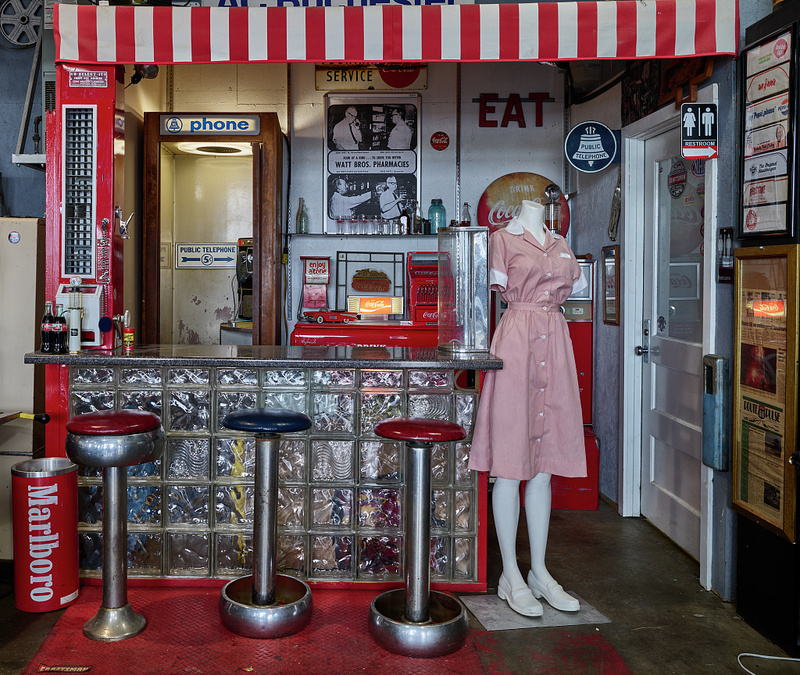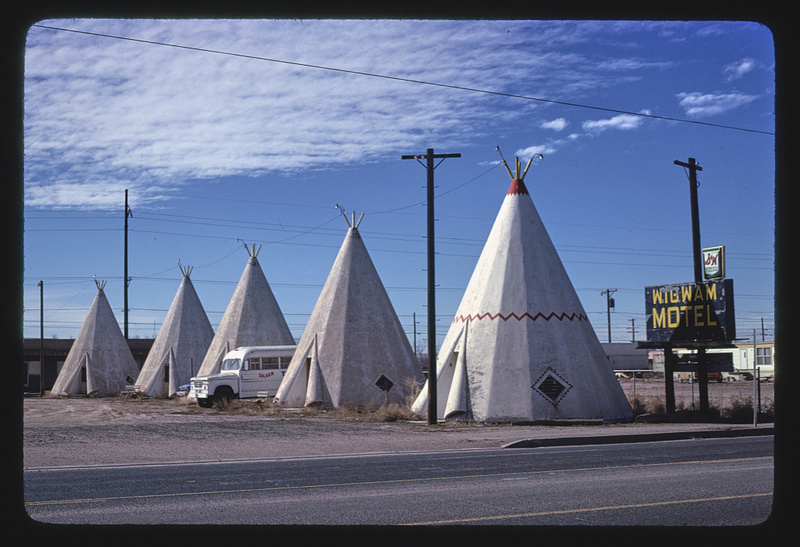The Nostalgia of 66
Route 66 is a type of living history rarely seen in the United States. From its prominent place in the migration of farmers and workers, to its role in the war effort, and becoming the road West for soldiers looking to live a suburban life and start the Baby Boom of the 1950s and 1960s; since the early 20th century, the highway has had a hand in writing many important chapters of American history.
Even today, Route 66 woos travelers and adventure seekers with the promise of exciting and singular experiences. One-of-a-kind roadside attractions, stores, motels, and sights have become the calling card of the road and the American love affair with the sense of adventure and freedom that the mere mention of Route 66 elicits even today does not appear to be in danger of ending any time soon.
These timeless human urges to travel, to seek, and to feel free are certainly not limited to Americans, of course, and the legend of Route 66 has only grown since its designation in 1926.
Above is a sign marking the very end of Route 66 at Santa Monica Pier in the famous ocean front city of Santa Monica, CA. Running from the center of the country to the Pacific Ocean is no easy feat even by modern standards; and the fact that Route 66 allowed for the travel of countless people and machines for so many decades is what made it legendary.
Below is an image of teepee style rooms at a roadside motel off of Route 66 in Arizona. This unusual and unique building is an excellent example of the type of one-of-a-kind stop in a far flung place that only travelers would have the joys of encountering that Route 66 became known for.



